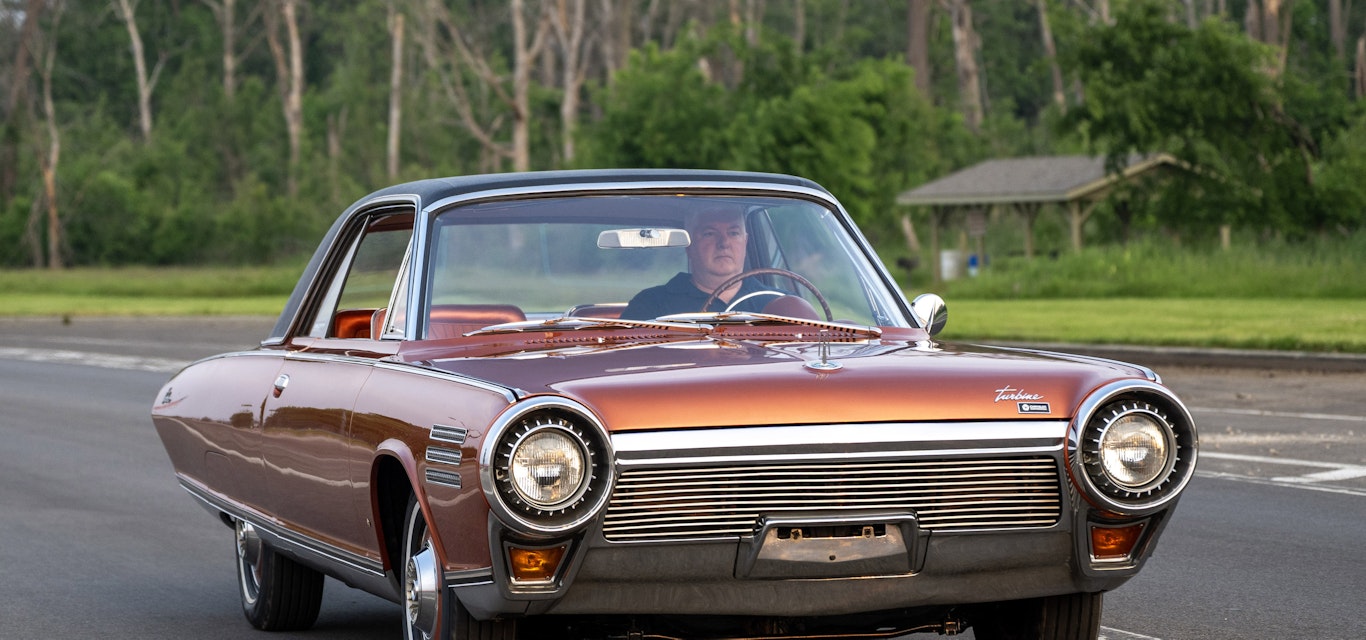In reverse: a century of Chrysler
This year marks 100 years since the formation of iconic American carmaker.
Were it not for the wiles of representatives of longsince-defunct American carmaker Willys-Overland, Chrysler as we know it would not exist today. In 1920, Willys-Overland was headed for bankruptcy and needed a seasoned auto-industry executive to rescue it. They identified Walter P. Chrysler as the man for the job.
Chrysler had already made his mark at rival General Motors and was happily retired by age 45, a year before Willys-Overland called and handed him effective control of that organisation and the related Maxwell Motors.
Credit: Stellantis
At the 1924 New York Auto Show, Walter introduced the first new car developed on his watch, the Chrysler Six, although the car was launched under the Maxwell Motor Company brand months before it was rebranded Chrysler Corporation. The Chrysler Six personified the attributes Walter Chrysler later identified as key characteristics of a Chrysler automobile: an affordable luxury vehicle with a generous list of standard features and innovative engineering.
Over the course of the next 100 years, Chrysler Corporation lay claim to many automotive milestones, including being the first brand to create a truly streamlined or aerodynamic passenger car with the 1934 Airflow, and the first to develop the legendary HEMI V8 engine, with its unique hemispheric cylinder heads and exceptional performance.
Chrysler is also remembered for its contributions to the extravagantly finned designs of the 1950s and 1960s, including the Virgil Exner-designed Chrysler 300C (C-300), the first of the brand’s influential ‘letter series’ cars. Later, the carmaker pioneered the hugely influential minivan segment with the introduction of the Dodge Caravan and Plymouth Voyager.
Claim to fame: Among its many milestones, Chrysler can lay claim to being the first brand to create a truly streamlined or aerodynamic passenger car with the 1934 Airflow, and the first to develop the legendary HEMI V8 engine.
Chrysler also left its mark in Australia, introducing the Valiant R-Series - its first locally manufactured model - in January 1962. Between then and 1981, more than half a million Valiants were manufactured at the company’s Tonsley Park plant in Adelaide, including the iconic Charger coupe.
Credit: Stellantis
Despite its undeniable impact on automotive design and engineering, Chrysler has typically been the smallest of the Big Three US automakers, a fact that led to various mergers and de-mergers, including with Daimler-Benz to form DaimlerChrysler in 1998; with Fiat to form Fiat Chrysler Automobiles (FCA) in 2014; and as one of 14 brands within today’s Stellantis, created by a merger between FCA and PSA Peugeot Citroën in 2021.
Walter died in 1940 but his name lives on in the millions of automobiles that wear a Chrysler badge; the iconic 77-storey Chrysler Building in New York City; and a freeway in Detroit that bears his name.
